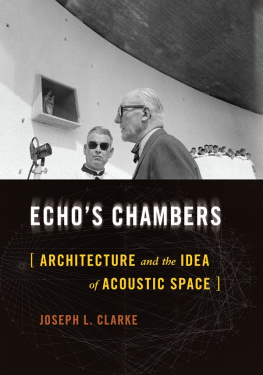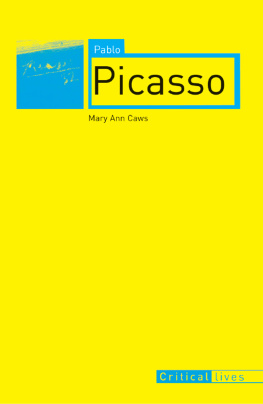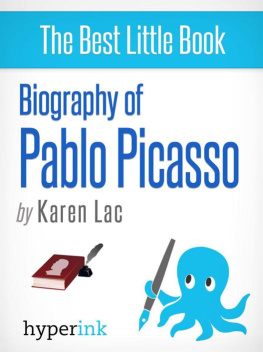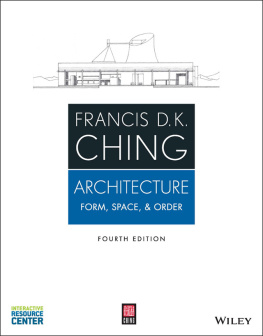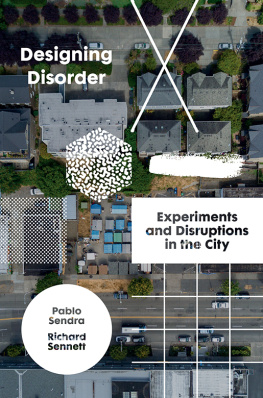Pablo Guillen - City Form, Economics and Culture: For the Architecture of Public Space
Here you can read online Pablo Guillen - City Form, Economics and Culture: For the Architecture of Public Space full text of the book (entire story) in english for free. Download pdf and epub, get meaning, cover and reviews about this ebook. publisher: Springer Singapore, genre: Politics. Description of the work, (preface) as well as reviews are available. Best literature library LitArk.com created for fans of good reading and offers a wide selection of genres:
Romance novel
Science fiction
Adventure
Detective
Science
History
Home and family
Prose
Art
Politics
Computer
Non-fiction
Religion
Business
Children
Humor
Choose a favorite category and find really read worthwhile books. Enjoy immersion in the world of imagination, feel the emotions of the characters or learn something new for yourself, make an fascinating discovery.
- Book:City Form, Economics and Culture: For the Architecture of Public Space
- Author:
- Publisher:Springer Singapore
- Genre:
- Rating:5 / 5
- Favourites:Add to favourites
- Your mark:
- 100
- 1
- 2
- 3
- 4
- 5
City Form, Economics and Culture: For the Architecture of Public Space: summary, description and annotation
We offer to read an annotation, description, summary or preface (depends on what the author of the book "City Form, Economics and Culture: For the Architecture of Public Space" wrote himself). If you haven't found the necessary information about the book — write in the comments, we will try to find it.
Pablo Guillen: author's other books
Who wrote City Form, Economics and Culture: For the Architecture of Public Space? Find out the surname, the name of the author of the book and a list of all author's works by series.
City Form, Economics and Culture: For the Architecture of Public Space — read online for free the complete book (whole text) full work
Below is the text of the book, divided by pages. System saving the place of the last page read, allows you to conveniently read the book "City Form, Economics and Culture: For the Architecture of Public Space" online for free, without having to search again every time where you left off. Put a bookmark, and you can go to the page where you finished reading at any time.
Font size:
Interval:
Bookmark:
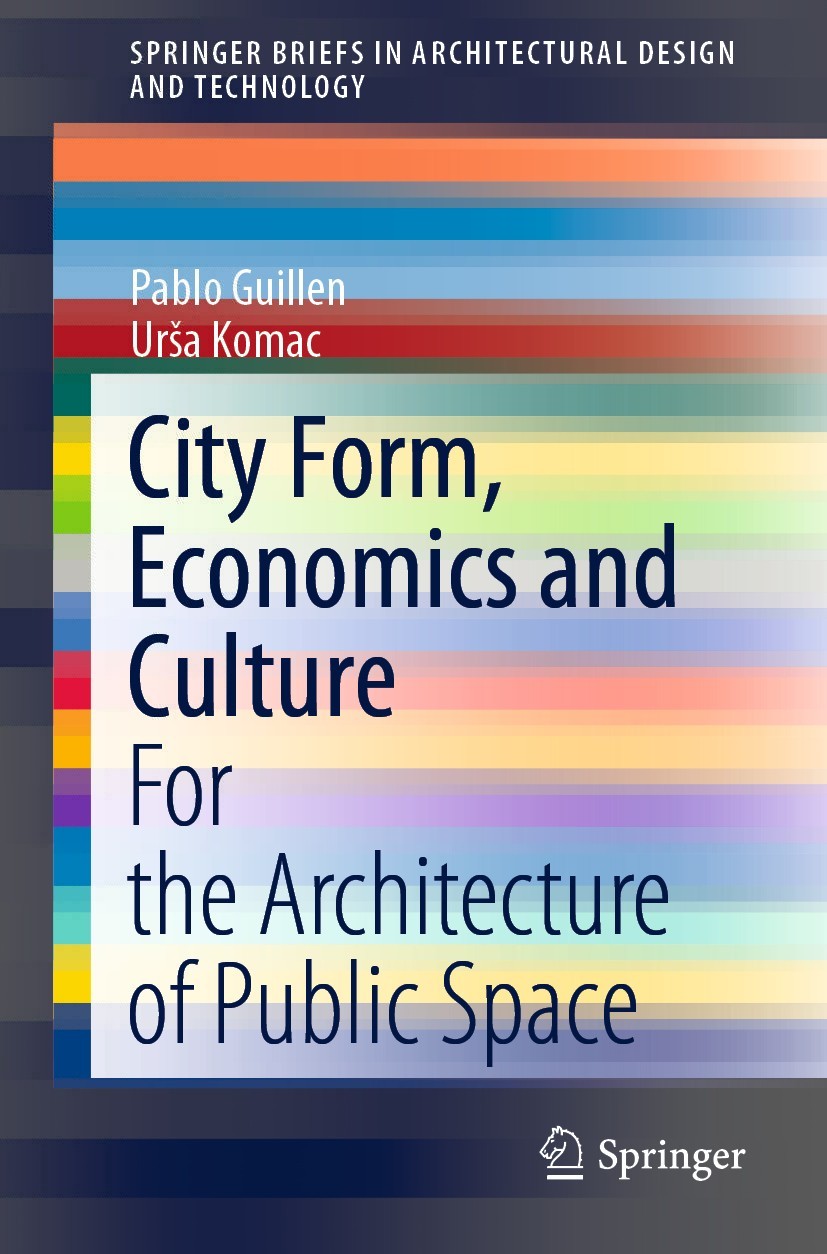
Indexed by SCOPUSUnderstanding the complex relationship between design and technology is increasingly critical to the field of Architecture. The Understanding the complex relationship between design and technology is increasingly critical to the field of Architecture. TheSpringer Briefs in Architectural Design and Technologyseries provides accessible and comprehensive guides for all aspects of current architectural design relating to advances in technology including material science, material technology, structure and form, environmental strategies, building performance and energy, computer simulation and modeling, digital fabrication, and advanced building processes. The series features leading international experts from academia and practice who provide in-depth knowledge on all aspects of integrating architectural design with technical and environmental building solutions towards the challenges of a better world. Provocative and inspirational, each volume in the Series aims to stimulate theoretical and creative advances and question the outcome of technical innovations as well as the far-reaching social, cultural, and environmental challenges that present themselves to architectural design today. Each brief asks why things are as they are, traces the latest trends and provides penetrating, insightful and in-depth views of current topics of architectural design. series provides accessible and comprehensive guides for all aspects of current architectural design relating to advances in technology including material science, material technology, structure and form, environmental strategies, building performance and energy, computer simulation and modeling, digital fabrication, and advanced building processes. The series features leading international experts from academia and practice who provide in-depth knowledge on all aspects of integrating architectural design with technical and environmental building solutions towards the challenges of a better world. Provocative and inspirational, each volume in the Series aims to stimulate theoretical and creative advances and question the outcome of technical innovations as well as the far-reaching social, cultural, and environmental challenges that present themselves to architectural design today. Each brief asks why things are as they are, traces the latest trends and provides penetrating, insightful and in-depth views of current topics of architectural design.Springer Briefs in Architectural Design and Technologyprovides must-have, cutting-edge content that becomes an essential reference for academics, practitioners, and students of Architecture worldwide. provides must-have, cutting-edge content that becomes an essential reference for academics, practitioners, and students of Architecture worldwide.
More information about this series at http://www.springer.com/series/13482

This Springer imprint is published by the registered company Springer Nature Singapore Pte Ltd.
The registered company address is: 152 Beach Road, #21-01/04 Gateway East, Singapore 189721, Singapore
This is a book about how the cities utilise space and how the resulting urban form provides different ways to deal with the tangle of public goods and externalities caused by agglomeration. We rely on well-known economic thinking plus a historical analysis to why cities exist and why they have evolved to be the way they are. We identify several defining factors: the geography and the technology (both defining what is possible to do), culture (which defines what the societys goals are) and the necessary government regulation in the presence of public goods and externalities (determined both by culture and the desire to achieve positive economic outcomes). Regulation is the set of rules (not only planning codes) that underpins how markets are allowed to work in the city. Our method is also comparative as it explains the evolution of urban form in the US and how it stands in a sharp contrast with the evolution of urban form in Japan. An emphasis is put on the difference in regulations between both jurisdictions. We point out that, against the conventional wisdom, how American cities are constrained by rules that are much further from the neoliberal economic idea of free and competitive markets than the Japanese ones. We demonstrate how Japanese planning fosters competition and variety in the availability of goods and services. We also include an explanation of the origin of the differences in those regulations. We hypothesise how changing regulations could change the urban form to generate a greater variety of goods and to foster the access to those goods through a more equitable distribution of wealth. Critically, we point out that a desirably denser city must rely on public transport, and we also study how a less-dense city can be made to work with public transport. We conclude by claiming that changes in regulations are very unlikely to happen in the US, as it would require deep cultural changes to move from local to a more universal and less excluding public good provision.
Font size:
Interval:
Bookmark:
Similar books «City Form, Economics and Culture: For the Architecture of Public Space»
Look at similar books to City Form, Economics and Culture: For the Architecture of Public Space. We have selected literature similar in name and meaning in the hope of providing readers with more options to find new, interesting, not yet read works.
Discussion, reviews of the book City Form, Economics and Culture: For the Architecture of Public Space and just readers' own opinions. Leave your comments, write what you think about the work, its meaning or the main characters. Specify what exactly you liked and what you didn't like, and why you think so.




